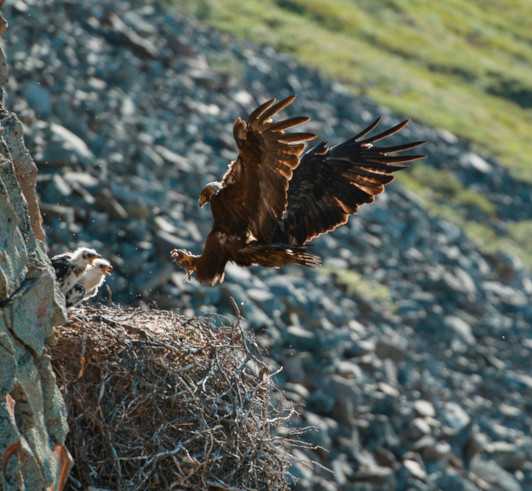AN UNNECESSARY RISK
Only 5% of Alaska’s wild coastal plain remains protected from development. This unique piece of American coastline is now at risk from drilling that could damage it forever. It stands next to 24 million acres of land already open to energy development, an area almost the size of the state of Kentucky. For decades, the American public has agreed that the remaining coastal plain should be left in its natural state. This belief has been supported by political actions by both parties.
In December 2017, these efforts were threatened by an amendment in the 2017 Tax Bill. The coastal plain is now at risk of being sold to the highest bidder.
This change in policy risks wildlife, the Gwich’in people, and the global climate. The Arctic Refuge faces being sold for energy development as soon as this year. This process is moving ahead without the knowledge necessary to protect its people and natural resources. The U.S Geological Survey and the U.S. Fish and Wildlife Service agree that more research is needed to understand the effects of development on this important landscape.











